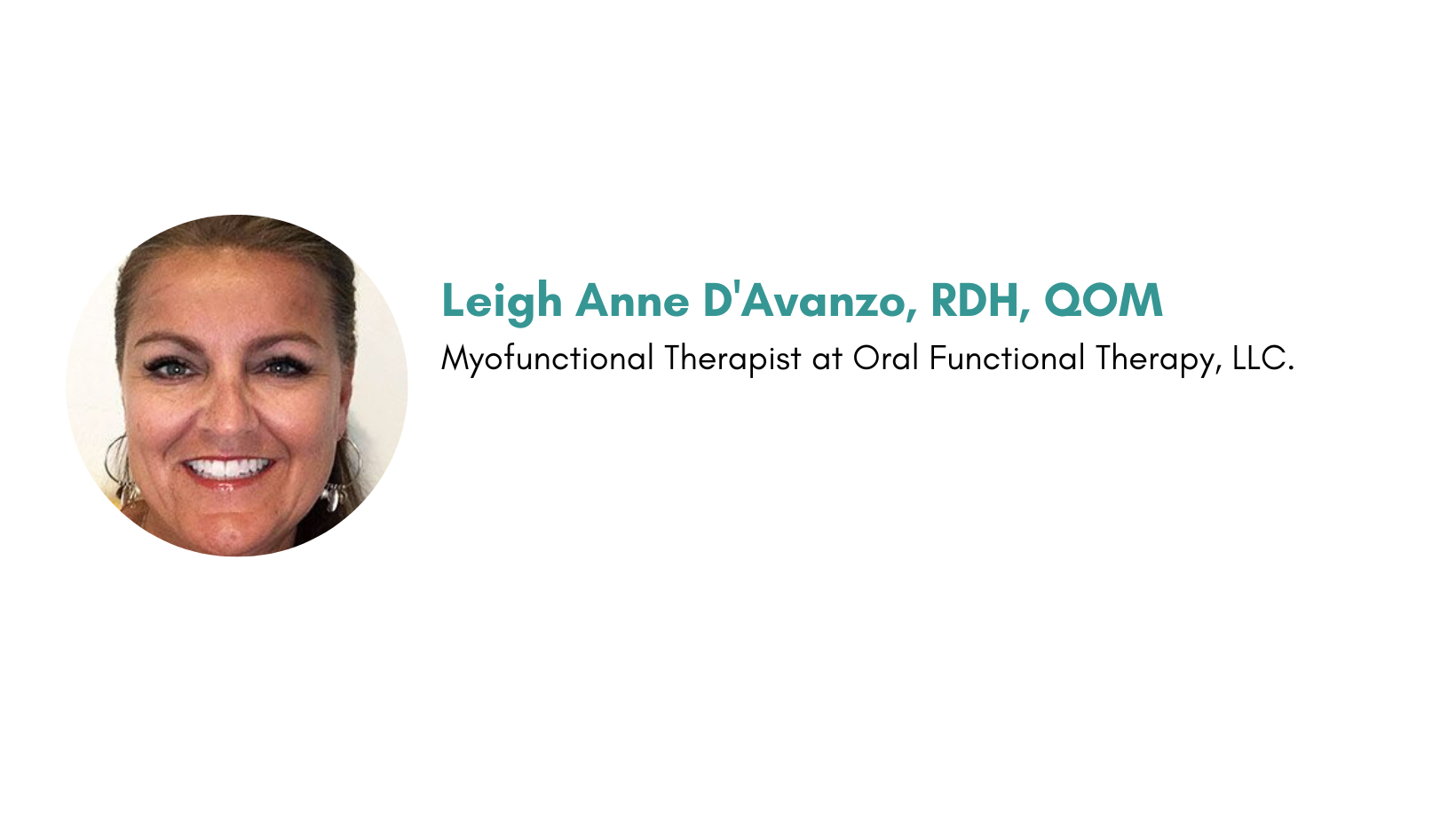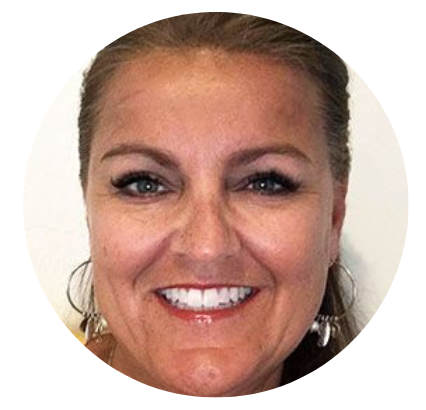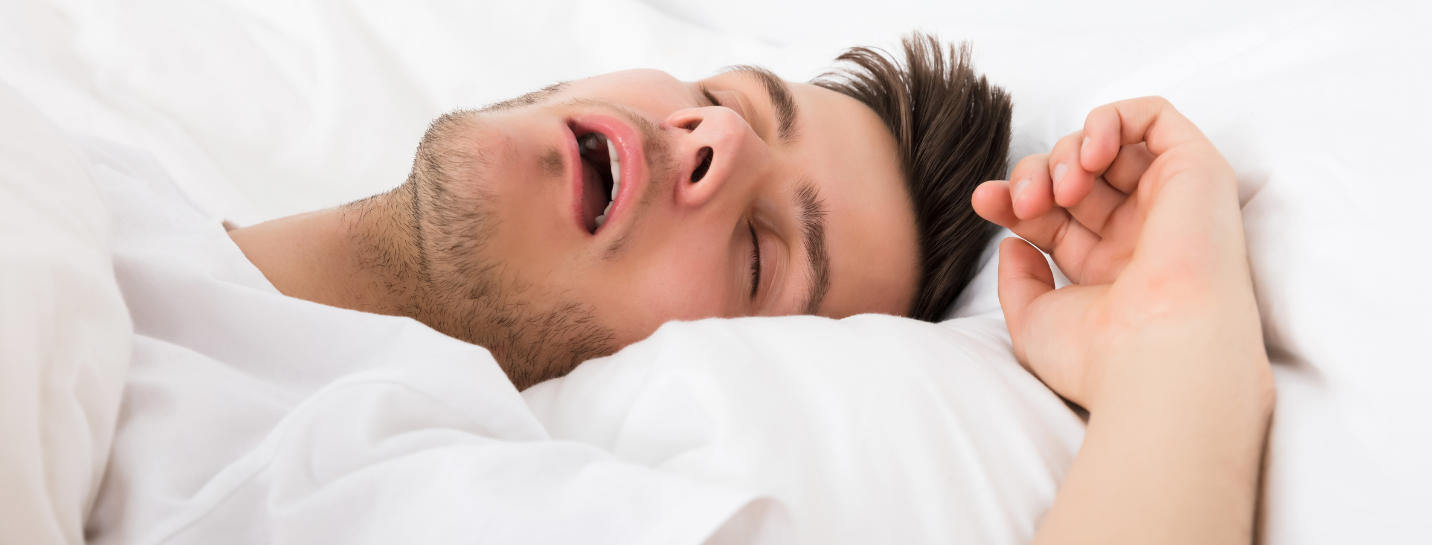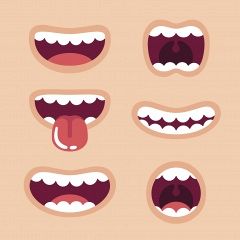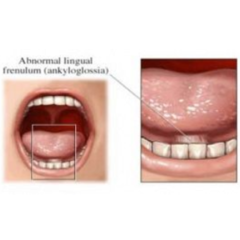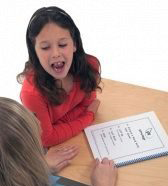Sleep Disordered Breathing & Obstructive Sleep Apnea
Published: May 1, 2023
Sleep Disordered Breathing & Sleep Apnea. Do these words sound familiar to you related to your patients? Or maybe your patients are telling you they are not feeling rested after sleeping a full night’s sleep? Possibly your patients are telling you they wake up 3 to 4 times in the night to use the bathroom or better yet, they snore and their partner sleeps in the other room! This is a real problem that is not spoken about and typically often “made fun of” because of how loud one can snore, or how embarrassing this subject can be.
According to the American Dental Association’s 2017 statement, “Dentists can and do play an essential role in the multidisciplinary care of patients with certain sleep related breathing disorders and are well positioned to identify patients at greater risk of sleep related breathing disorders.” American Dental Association has also mentioned that sleep apnea, left untreated, can result in several health problems including
· High blood pressure
· Stroke
· Heart failure, irregular heartbeat, and heart attack
· Diabetes
· Depression
· Worsening of ADHD
As orofacial myology professionals, what are we supposed to do, and how can we help our patients with these symptoms? As we know, educating our patients is always top priority and we can do this by knowing what to look for in the orofacial region, such as venous pooling, elongated uvula, and tooth wear from bruxing to name a few that point to possible sleep related breathing disorders. Our profession has aligned us to help those with these problems by maximizing the movements and shaping of the tongue, lips, and other orofacial muscles.
According to a study published from Stanford University in 2015 “Current literature demonstrates that Myofunctional Therapy exercises decrease apnea hypopnea index by approximately 50% in adults and 62% in children. Lowest oxygen saturations, snoring, and sleepiness outcomes improve in adults. Myofunctional Therapy could serve as an adjunct to other obstructive sleep apnea treatments.”
According to another study performed on children in 2020 by Science Direct in the Sleep Medicine Article, “despite heterogeneity in exercises, myofunctional therapy decreased AHI by 43% in children, and increased mean oxygen saturations in children with mild to moderate Obstructive Sleep Apnea (OSA) and can serve as an adjunct Obstructive Sleep Apnea (OSA) treatment.”
Ask your patients hard questions such as, do you snore, do you continually wake up at night while sleeping, are you a mouth breather? These simple but hard questions can open doors to share these exciting studies with your patients to let them know there are more ways to help them with this silent disorder.
Citations:
Sci-Hub | Myofunctional Therapy to Treat Obstructive Sleep Apnea: A Systematic Review and Meta-analysis. Sleep, 38(5), 669–675 | 10.5665/sleep.4652
Myofunctional Therapy to Treat Obstructive Sleep Apnea: A Systematic Review and Meta-analysis | SLEEP | Oxford Academic (oup.com)
Sleep Apnea and Snoring | MouthHealthy - Oral Health Information from the ADA

